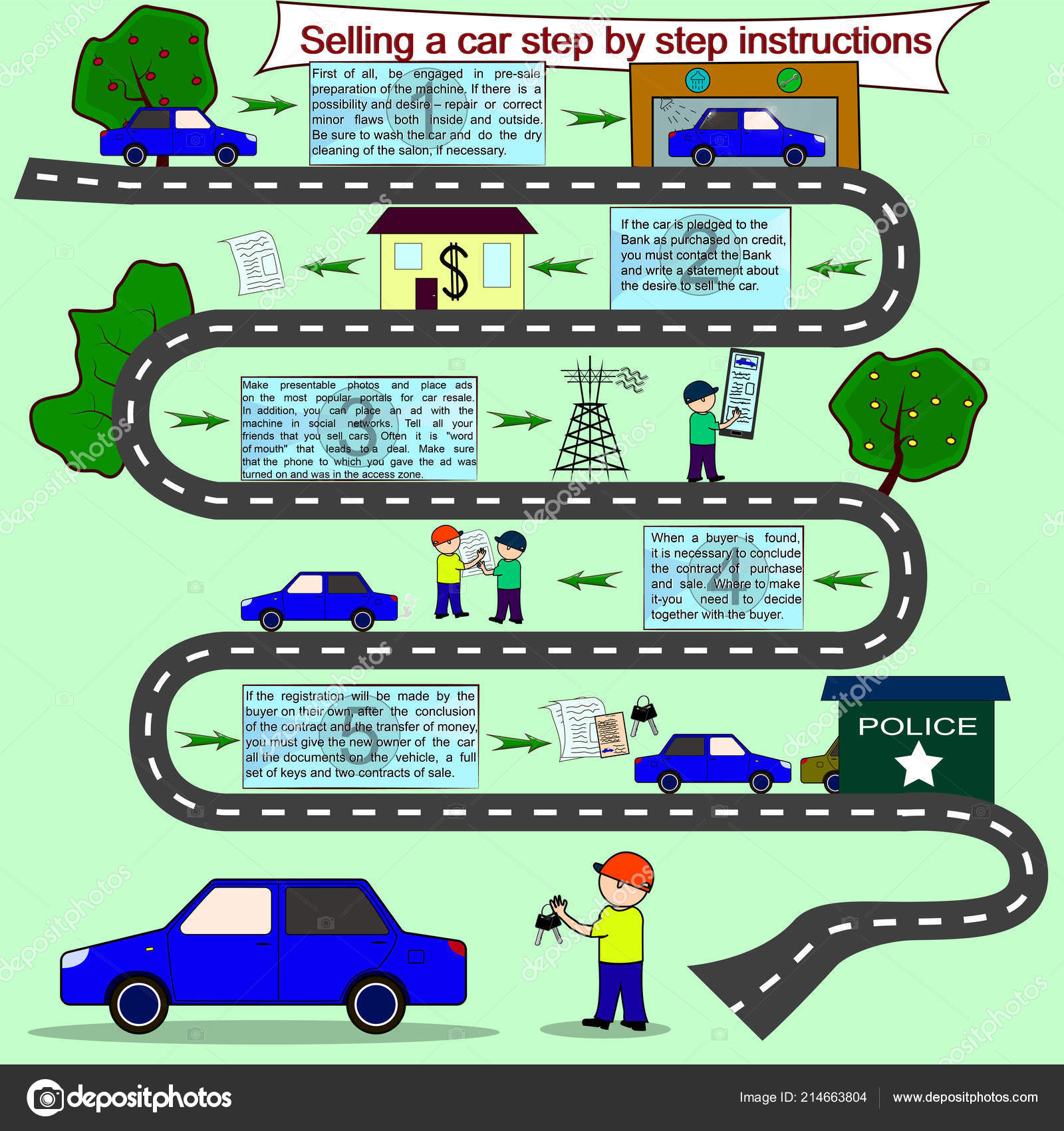Intend To Find Out More Concerning The Warning Lights On Your Control Panel? Discover What They Show Concerning Your Vehicle'S Health And Safety
Intend To Find Out More Concerning The Warning Lights On Your Control Panel? Discover What They Show Concerning Your Vehicle'S Health And Safety
Blog Article
Post Produced By-Hartley Kejser
When you lag the wheel, those beautiful caution lights on your control panel can be a bit bewildering. Do you know what they're attempting to tell you concerning your vehicle's health and wellness? Comprehending the value of these lights is vital for your security and the durability of your automobile. So, the following time among those lights turns up, wouldn't you want to understand its message properly and take the essential steps to address it?
Common Warning Lights and Interpretations
Recognize usual warning lights in your automobile and understand their meanings to make sure safe driving.
https://www.news5cleveland.com/money/consumer/supply-shortages-beginning-to-impact-auto-shops-as-prices-delivery-times-for-parts-surge consist of the check engine light, which signals issues with the engine or discharges system. If this light begins, it's vital to have your vehicle checked immediately.
The oil stress alerting light indicates low oil stress, requiring prompt interest to stop engine damages.
A blinking battery light could recommend a malfunctioning billing system, potentially leaving you stranded otherwise addressed.
The tire stress tracking system (TPMS) light signals you to reduced tire stress, affecting lorry security and fuel performance. Disregarding https://eduardoypgvl.livebloggs.com/36172475/success-chronicle-breathing-new-life-right-into-a-neglected-automobile-with-detailing might lead to risky driving problems.
The abdominal muscle light suggests a trouble with the anti-lock stopping system, endangering your capacity to quit quickly in emergencies.
Finally, the coolant temperature alerting light warns of engine getting too hot, which can result in serious damages otherwise fixed quickly.
Recognizing these typical warning lights will assist you deal with concerns quickly and keep safe driving problems.
Importance of Prompt Focus
Understanding the typical warning lights in your vehicle is just the first step; the importance of quickly addressing these cautions can't be highlighted sufficient to ensure your security on the road.
When a warning light illuminates on your control panel, it's your auto's method of communicating a possible problem that requires interest. Neglecting these warnings can cause more serious issues down the road, compromising your safety and security and potentially costing you extra in repairs.
Trigger interest to cautioning lights can prevent malfunctions and crashes. For example, a flashing check engine light can suggest a misfire that, if left unattended, could cause damage to the catalytic converter. Resolving this without delay can save you from a pricey repair work.
Similarly, a brake system advising light could indicate low brake liquid or used brake pads, essential components for your safety when driving.
Do It Yourself Troubleshooting Tips
If you notice a warning light on your control panel, there are a couple of DIY troubleshooting ideas you can try before seeking specialist assistance.
The very first step is to consult your auto's manual to recognize what the specific warning light shows. Often the concern can be as simple as a loose gas cap causing the check engine light. Tightening the gas cap might deal with the issue.
An additional typical concern is a reduced battery, which can cause various warning lights. Examining boat washing for corrosion and ensuring they're protected may take care of the trouble.
If a caution light continues, you can attempt resetting it by disconnecting the cars and truck's battery for a few minutes and after that reconnecting it. Furthermore, examining your car's liquid levels, such as oil, coolant, and brake fluid, can help repair cautioning lights associated with these systems.
mouse click the next webpage
To conclude, recognizing your car's warning lights is crucial for maintaining your car running smoothly and safely. By promptly resolving these signals and recognizing what they suggest, you can prevent pricey repair work and potential break downs.
Remember to consult your vehicle's handbook for specific details on each alerting light and act accordingly to guarantee a trouble-free driving experience.
Keep informed, stay secure on the road!
